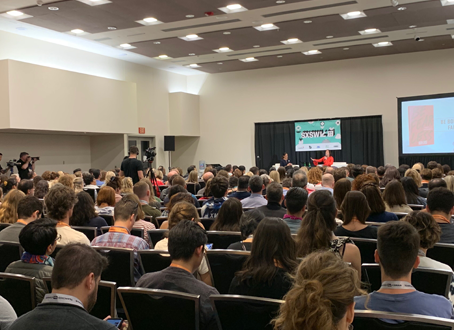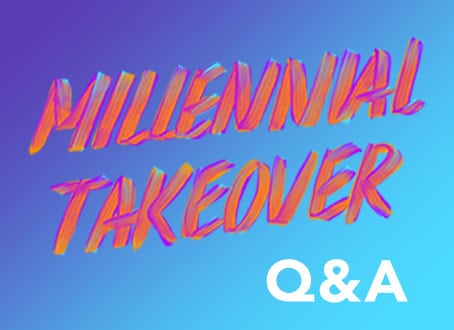As national service icons huddled together at the SEED School last week for the historic signing of the Edward M. Kennedy Serve America Act, I couldn’t help but reflect on the potential of this movement to transform communities and usher in a new day when the American tradition of service is central to the lives of millions of people across the country.
Now more than ever, we must look for new solutions that will provide scale and sustainability in our efforts to address the needs of our communities. And we must recognize this will take innovation and a willingness to break down the silos that have existed for too long between the public, nonprofit and private sectors. Simply put, all sectors have to pull together in a new way to achieve the kind of hope and opportunity we want for our nation and for the world around us.
Today, one week after the signing of this important service legislation the Case Foundation is pleased to join Goldman Sachs in hosting a special forum for nonprofit leaders called, “Managing Through Difficult Times.” The training which is being facilitated by the Bridgespan Group, is part of a commitment that Goldman Sachs CEO, Lloyd Blankfein, and I made last year at ServiceNation — as a way for the private sector to help strengthen nonprofit’s fiscal, operational and human capital responsibilities.
Most know Goldman Sachs as one of the most prestigious investment banks in the world. But those who know Goldman Sachs well, also know that this is only part of the story. What makes this great company unique is its longstanding role in helping to address the needs of communities both here and across the globe.
Goldman Sachs has been a corporate leader in service for years — last year alone they contributed more than 145,000 hours of service. But this doesn’t accurately convey what makes Goldman most unique – and that is Goldman’s strategic approach to service. Goldman recognizes that its greatest corporate asset is the talent of its people. And they have been quick to take the core competencies of their people and apply them in strategic and smart ways. Through its philanthropy and its service, Goldman models a new way forward.
Over the course of the past few months, we’ve watched as the public’s image of the corporate sector has been challenged. But as more individual Americans step up and answer the call to service we must challenge the business sector to think more creatively about how they will answer the call. Yes, nonprofits are in great need of funding, many are struggling to fill the gap of increased needs and decreased donations – but businesses have value to offer that goes beyond dollars. Businesses must begin to more strategically deploy the talent and skills of their workforce.
However, even as more companies are stepping up to offer this pro bono or skilled volunteer support, Deloitte’s latest Volunteer IMPACT Study released earlier this month uncovers some of the difficulty that nonprofits are having connecting with these resources. In fact, the survey found 95% of nonprofit respondents need and want more pro bono support. Yet, most have a startling lack of knowledge and information about where to get it.
What’s more, almost 40% of nonprofit executives said they still plan to spend anywhere from $50,000 to more than $250,000 on outside contractors and consultants this year. How could that be, when organizations like the Taproot Foundation who connect professionals with opportunities to engage in pro bono service projects have far more applicants than they can place in meaningful service opportunities? But this is only a starting point; companies must get smarter about making their resources available, and nonprofits must feel comfortable asking for it. A much more sophisticated process is needed to match highly skilled volunteers with opportunities, and the process, as the IMPACT study reveals, must be managed well by both the nonprofit and corporate volunteers.
At a time when we recognize the importance of strengthening the nonprofit community’s ability to respond to the economic conditions facing our communities, it is our hope that through greater cross-sector collaboration, nonprofits will not only make it through these difficult times, but come out stronger and better positioned for the future.





